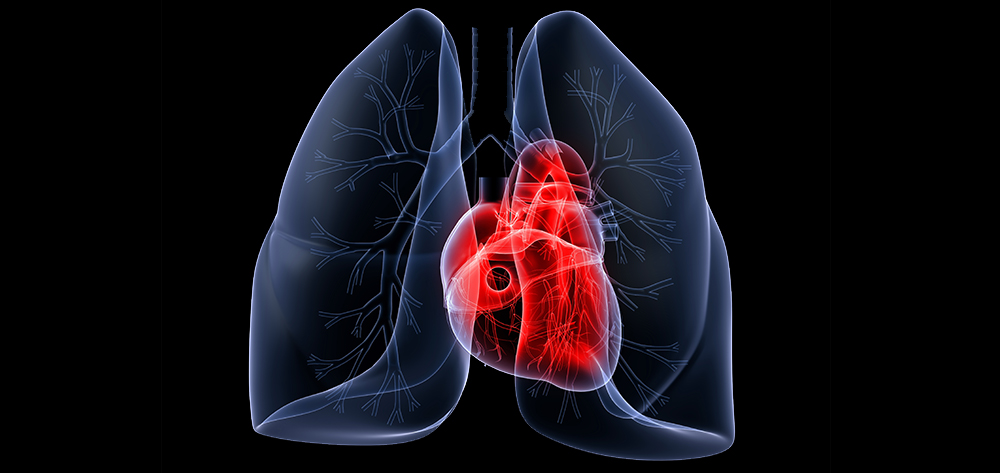DONNA SHEPPARD, age 40, is admitted to your medical-surgical unit for I.V. antibiotic therapy for her persistent pneumonia. Usually in good health, she admits to smoking two packs of cigarettes a day for about 20 years and occasionally taking a “pill for her nerves.”
History and assessment hints
Donna tells you she’s feeling anxious because she hates hospitals and is dying for a cigarette. Her vital signs are blood pressure, 128/78 mm Hg; pulse, 100; respiratory rate, 18; temperature, 101° F (38.3° C). On lung auscultation, you note bilateral rales. Her room-air oxygen (O2) saturation is 93%. You tell Donna you’re going to call her physician and ask for something to help her relax.
Before you get to the phone, her call light is on. She wants to know if there’s a place in the hospital to “grab a smoke.” After politely telling her “No,” you make a mental note to ask her physician to prescribe a nicotine patch. While you’re on the phone with her physician, her call light goes on again. A nurse’s assistant (NA) signals that she’ll see what Donna needs. The NA quickly returns, saying Donna is complaining of chest pain and is breathing hard. Even though her physician thinks she may be having one of her anxiety attacks, he orders a stat ECG and a portable chest Xray and says he’ll be there shortly.
Call for help
You hurry to Donna’s room, and she tells you she was just resting in bed when she felt a sharp pain in her chest. Now, it hurts to breathe. Her blood pressure is 142/84 mm Hg; her pulse, 115; and respiratory rate, 30. Her respirations are shallow, and her O2 saturation is 86%.
Auscultation reveals rales on the left side and absent breath sounds on the right—so you’re thinking spontaneous pneumothorax. As you assure Donna that help is on the way, you give 100% O2 by mask and tell the NA to activate the rapid response team and inform the evening supervisor of the situation.
On the scene
The team, consisting of a respiratory therapist, a critical care resident, and the emergency department’s clinical nurse specialist (CNS), arrives in minutes, just as the chest X-ray is done. Donna’s stat ECG is normal. You brief the team on the situation while the CNS establishes I.V. access and the resident begins his assessment. He asks you to get a chest tube kit and be ready for insertion.
The radiology tech arrives with the film, confirming your hunch—a large right-sided pneumothorax. You see the commotion is upsetting Donna even more, so you take her hand as the resident explains the procedure and obtains informed consent. The resident orders 2 mg of lorazepam by slow I.V. push to help Donna relax and facilitate tube insertion. You continuously monitor her vital signs and O2 saturation during the procedure.
Outcome
The chest-tube insertion goes smoothly, and Donna begins breathing comfortably. You put a sterile occlusive dressing over the insertion site. The CNS tapes the tubing connections. And the respiratory therapist checks Donna’s breath sounds.
Education and follow-up
You explain to Donna that a pneumothorax occurs when air in the pleural space causes the lung to collapse. Usually, the air enters the pleural space because of an injury, a diagnostic procedure or, as in this case, underlying lung disease. Donna’s history of heavy smoking has most likely contributed to the pneumothorax.
You tell her that depending on the size of the pneumothorax, treatment may consist of observation, needle aspiration, chest-tube insertion, or surgery.
Donna’s physician arrives and assures her that he will order something to help her relax and a nicotine patch to help reduce her cravings. Donna tells him that she’ll never smoke another cigarette—and that even though she’s not fond of hospitals, she’s glad she was in one today.
Selected references
For a list of selected references, visit www.AmericanNurseToday.com.
Eileen Gallen Bademan, BSN, RN, is the Editorial Manager of American Nurse Today.


















